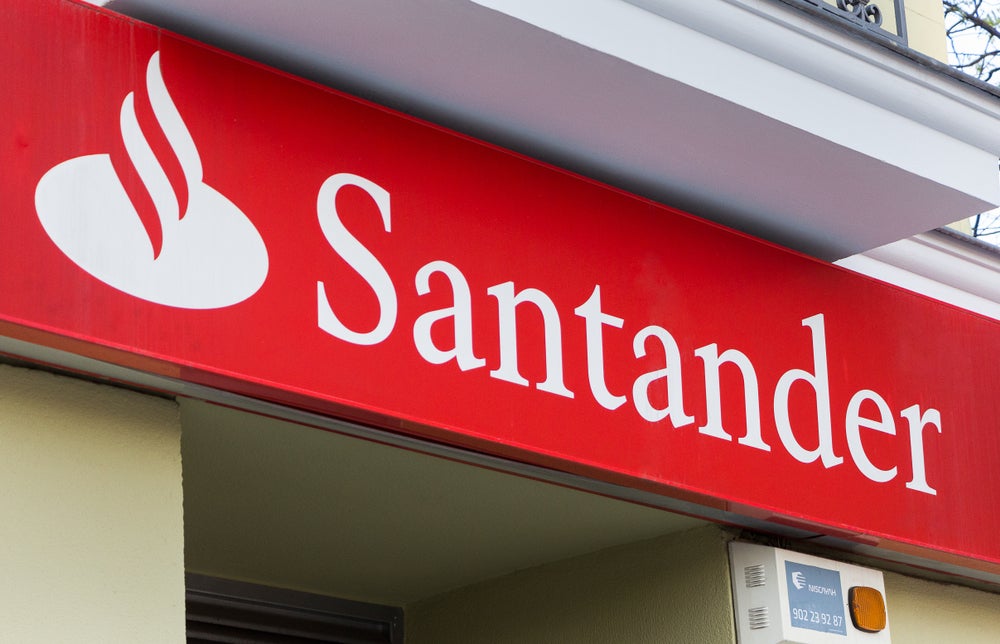Dont count free current accounts out in the US just yet. Even as the bulk of the nations largest banks have re-priced their core retail banking product in the wake of regulatory changes, others in the middle and lower end of the market are using free current accounts as a hammer to beat their larger competitors over the head.
Several larger competitors also never wavered on their commitment to free current accounts despite the pressures brought to the balance sheet from the Durbin Amendment, which capped debit interchange rates on banks over $10bn in assets.
At least one major player, Wayzata, Minnesota-based TCF Financial, reversed course in the wake of customer response to its decision to eliminate free current accounts. In June, TCF changed its mind, and in a move the entire US retail banking industry is following closely, reinstituted free current accounts across the entire institution.
Asked why TCF went to Free Checking, Tom Jasper, vice chairman of funding, operations and finance at TCF says, From an industry perspective I cant necessarily conclude that free checking is the best alternative for all banks; however for TCF we clearly believe this is the best product for our customers and strategy.
TCF reports that thus far, response to the decision has been predictably positive, with current account attrition down and new current accounts on the rise.
For TCF, which built its aggressive expansion from a smallish thrift charter into a regional bank largely on the back of free current accounts, the decision makes a lot of sense, said Jeff Platter, vice president of business intelligence at Haberfeld Associates, the Lincoln, Nebraska-based consultancy widely credited as the brainchild of the free checking movement that swept US banking circles in the 1980s.
How well do you really know your competitors?
Access the most comprehensive Company Profiles on the market, powered by GlobalData. Save hours of research. Gain competitive edge.

Thank you!
Your download email will arrive shortly
Not ready to buy yet? Download a free sample
We are confident about the unique quality of our Company Profiles. However, we want you to make the most beneficial decision for your business, so we offer a free sample that you can download by submitting the below form
By GlobalDataFor a bank TCFs size, the decision to go back to a free checking model is significant. Banks have a fixed amount of overhead in their branch network, and once you reach a certain size, you kind of reach a point of diminishing returns when you lose a sizeable portion of your checking base in each branch, says Platter.
Platter says that for the largest national players, which average between 4,000 and 6,000 current account customers per branch, the hit from interchange fee income coupled with overdraft fee revenue also lost to federal regulation outweighs the potential loss of some current accounts.
The national banks are bursting at the seams with current account customers, he says. Its the mid-sized regionals, with 2,000 or 3,000 current accounts per branch, that really find themselves in a bit of a bind, because they can really stand to grow their current acocunts business but they still are dealing with the effects of Durbin. They find it really tough to start unveiling new current account fees.
At the community bank level, institutions unscathed by the Durbin interchange caps have nothing to lose by using free current accounts as a way to differentiate themselves, says Madeline K. Aufseeser, a senior analyst at the Aite Group.
Raising monthly balance requirements opened a real opportunity for community banks and now weve settled in to a variety of models. Free current accounts are now a matter of definition, and if you have direct deposit requirements, monthly deposit requirements, multiple relationship requirements, is it really a free current account? says Aufseeser.
The bottom line, she says, is that banks above the Durbin threshold are going to have to make up the lost revenue from debit interchange and overdraft fees. Aufseesers research found that the top 50 debit issuing banks lost $8.3bn in interchange revenue alone last year.
At the end of the day, most banks are going to have to do something to compensate themselves for providing a valuable service to their consumers, she says. Compared to other utility services, banks charge a fraction of the cost of service.
Banks are partly to blame for the consumer reaction to the elimination of free current accounts, she adds.
The industry gave the product away for years, and so the controversy surrounding the reaction to Durbin is not unexpected, she says. But the ground underneath the industry is moving, and banks simply have to do something to make up the revenue shortfall.
Thats even tougher as banks reap eye-popping profits from the corporate side of the business, Aufseeser says.
Right now, the corporate side is really providing a shelter from the consumer side of the business, but the pendulum will swing back, and thats what has to worry retail bankers, she says.
Beth Robertson, dynamic payments director at Javelin Strategy & Research, said that TCFs move back to the ranks of free current accounts merits close attention.
Its a striking move, and a response to the competition. They could find it easier to acquire and retain new customers, which positions them nicely against larger competitors, she says.
Robertson says that banks must understand which fees consumers tolerate and price their current account products with an eye towards deepening consumer relationships.
Consumers are reluctant to accept bank fees in general, but if banks intelligently structure their fee base, and tie fees to services consumers really want, it can be done.
Huntington Bank is one of few larger players that never wavered on free current accounts. David Clifton, chief customer and marketing officer for Huntington, said that Durbins effects have been felt throughout the bank, but management never considered eliminating free checking.
Weve made our current account product better, and stronger, Clifton say. Where is it mandated that we have to make a certain amount of money from every customer? Our Asterisk Free Checking, together with 24-hour grace, has really helped us pick up a lot of new business.
Huntington reports checking account household growth of 12% over the past year, and its cross-sell penetration has risen as well, with 76% of households with four products or services with the bank.
Were seeing real movement toward our checking product, but also from the current account product to other products, and thats what were committed to, deepening that relationship, Clifton says.







